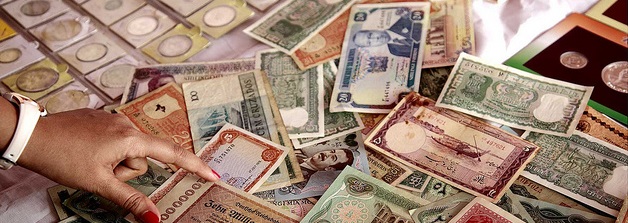For those following trends in global currencies, one has emerged that has significant long term implications. That is the move toward purely digital currencies. This trend has gained momentum over the last several months.
India seems to be leading the way. One of the questions that obviously must be answered is how to implement a digital currency and on what platform. Surprisingly, over the past two years Bitcoin’s blockchain technology has emerged as a primary target for further study by the world’s central banks.
In fact, the Reserve Bank of India released a white paper last month outlining a process by which the nation could implement blockchain technology across their currency and banking industry. In it they noted:
“In a bid to evolve towards a cashless society, many central banks around the globe including Canada, England, Sweden, and Netherlands have started exploring the use of BCT [blockchain technology] for digitizing their currency, and many more are converging to the idea. From a technological perspective, we feel that BCT has matured enough and there is sufficient awareness among the stakeholders which makes this an appropriate time for initiating suitable efforts towards digitizing the Indian Rupee through BCT.” (emphasis added)
It is an interesting turn of events that Bitcoin, which was viewed by global central banks with great skepticism, is now seeing its underlying technology being fully embraced by them. This is largely the product of a booming FinTech industry which is forcing everyone to rethink the role of money, along with its structure and delivery systems.
When dealing with something as powerful and as intimately tied to our lives as money, there are valid questions and concerns that arise.
- How will the emerging monetary paradigm be structured in a way that creates healthy ethical boundaries which will insulate the system from abuse?
- How will basic privacy rights be maintained if every transaction must pass through an electronic delivery system?
- How reliable can access to such a system be made?
These questions and more mean silver and gold bullion can, should, and in some way will play a role in this newly emerging monetary paradigm. Exactly what role they will play is yet to be seen. However, as we transition into this new way of defining and handling money, it seems apparent that their place in every person’s portfolio of savings, investment, and currency holdings is more important than ever.
P.S. It may be a good idea if your silver and gold dealer is aware of these trends and is positioned to help you navigate them. Just sayin’.
(photo credit Ramnath Bhat under cc 2.0)
